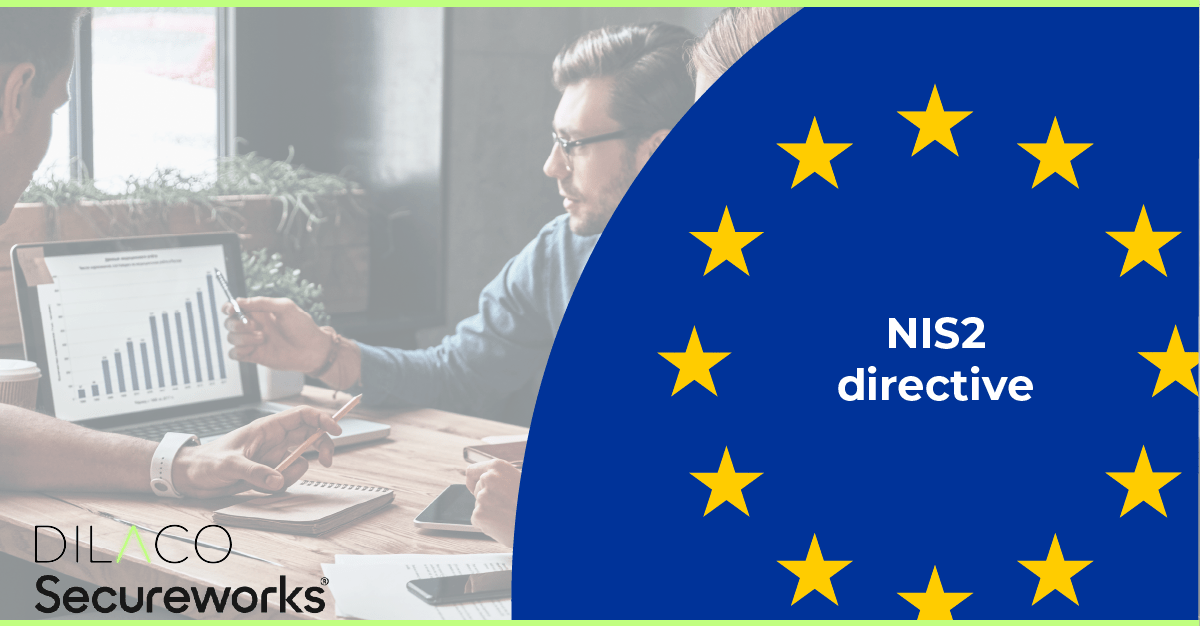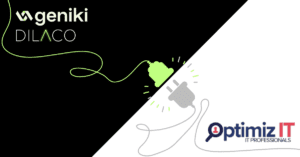Purpose & challenges of NIS2
The NIS2 directive is designed to ensure the security of critical infrastructures and digital service providers across the EU. Its primary objectives are to enhance the resilience of essential services against cyber threats, improve incident response capabilities, and foster cooperation and information-sharing between Member States. Compliance with the NIS2 directive is vital for organizations operating in sectors such as energy, transport, finance and healthcare, but also for all companies delivering digital services to such organizations.
MXDR provides a 360° view
MXDR is a comprehensive cybersecurity solution that empowers organizations to detect, investigate, and respond to threats across their entire digital environment. By integrating advanced analytics, machine learning, and threat intelligence, MXDR provides a unified view of an organization’s security posture, enabling proactive threat hunting and rapid incident response.
- Threat Detection and Prevention: MXDR employs a range of detection techniques, including behavioral analytics and anomaly detection, to identify potential security threats. By continuously monitoring network traffic, endpoints, and cloud environments, it helps organizations detect and prevent malicious activities, such as malware infections, unauthorized access attempts, and data exfiltration.
- Incident Investigation and Response: When a security incident occurs, MXDR enables a swift and effective response. It automatically collects and correlates data from various sources, allowing security teams to investigate incidents quickly and accurately. By providing real-time visibility into the incident’s scope and impact, MXDR facilitates prompt containment, remediation, and recovery.
- Compliance and Reporting: Complying with the NIS2 directive requires organizations to demonstrate robust security measures and incident response capabilities. MXDR streamlines compliance efforts by providing comprehensive visibility into security events and generating detailed reports. These reports are very valuable during audits, enabling organizations to showcase their adherence to the NIS2 regulatory requirements.
The above shows that as organizations strive to strengthen their cybersecurity posture and comply with the NIS2 directive, MXDR emerges as a valuable tool, for example to comply with NIS2 reporting requirements (first notification within 24 hours, intermediate report within 72 hours and final report within one month). By empowering not only simplified compliance reporting, but also proactive threat detection and rapid incident response, MXDR helps organizations mitigate risks, protect critical assets, and foster a resilient digital environment. Embracing such advanced cybersecurity solutions ensures organizations are well-prepared to combat the evolving cyber threats of today and tomorrow.
Not all MXDR solutions are the same though. At Dilaco we partner with Secureworks®, because with Secureworks MXDR we are sure we can deliver all the above benefits to our customers. We have the knowledge and experience to help you deploy Secureworks XDR or we can manage it entirely for you by delivering Secureworks MXDR as a managed service.
Curious to know more? Take a look at our infographic and discover how ready you are for the NIS2.

This article was brought to you by:
Willem Magerman
CTO/Cybersecurity Specialist
Get in touch





